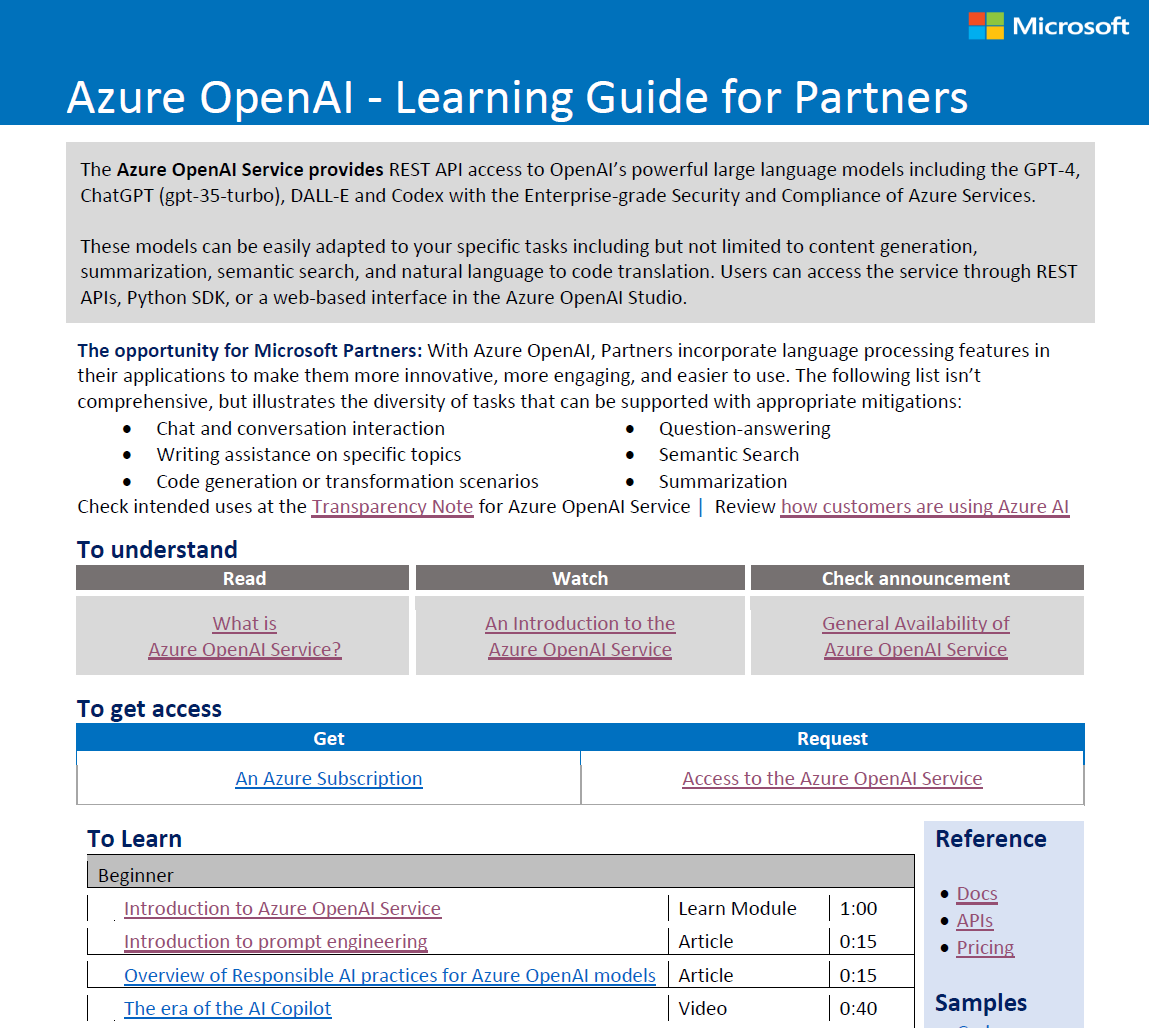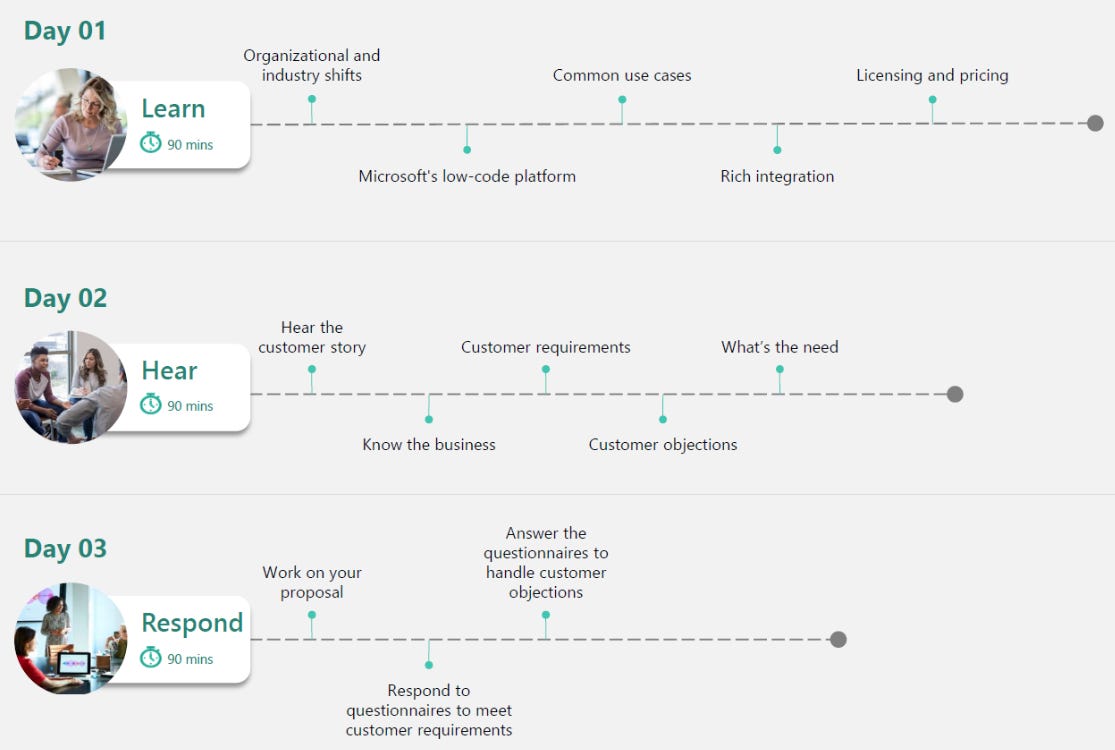Partner marketing is way harder than it looks
Season 7, Issue 12: Entering the between-seasons era
📬 In this issue:
Housekeeping: Mehdeeka is going on the regularly scheduled break
When partnerships might make sense for your company
What partners need and what marketers can bring to the table
Post-marketing is just as important (if not more)
The resources I used to develop my partner marketing program
Greetings Mehketeers,
And congrats to us for making it through Season 7! My content creation break has already started as this is scheduled ahead of time, but I will be in your inboxes next week with a special Issue 13. I have one more op-ed style post that I actually haven’t pitched anywhere because people who were proof reading for me kept saying I needed a “why now” for the article… but this is my house so now’s fine with me.
The newsletter grew a lot this season and we had some real big hit issues, so thank you for joining me and liking, sharing, commenting, replying, and messaging me with your memes, hot takes, and enthusiastic replies when an issue has been particularly timely for you.
I am trying to figure out what, if anything more I can offer next season. If you’ve got an idea or request, you can always reply back to any issue of Mehdeeka from your email, or leave a comment on any post!
That’s it for the housekeeping, let’s get into this week’s topic — I think very few businesses actually utilise partnerships as a sales or promotional channel, but with one client who does use it pretty heavily, I’ve been having a crash course in it over the past ~9 months and found it quite fascinating, so this issue is basically a summary of the work to date.
When partnerships make sense
Speaking strictly in a sales channel capacity, partnerships make sense when:
It’s how the industry works, e.g. with managed service providers (MSPs - this is the case with my client)
Your audience and a complementary product’s audience is a Venn diagram with good crossover, e.g. you’re an interactive demo platform (if you’re looking for one, check out HowdyGo for an Aussie option), and a complementary product is say a competitive intelligence platform like Klue - you both have product marketers as your audience but your products don’t compete
You have marketplaces as an available go to market channel, e.g. listing in the Microsoft Azure store, Stripe’s marketplace, or some other industry integrations marketplace (there’s honestly so many types)
In these instances, how the partnership actually works is varied. In the MSP example, you have to wait for the MSP to bring you a lead, and you don’t own the sale or have much control over the sales process. In the shared audience example, you can do something as simple as swapping customer lists, or be more sophistocated with a referral or introductions program.
Finally, marketplaces vary so much that what you can do with them is limited, but if there’s resellers involved as with Microsoft (or Telstra), you can build up personal relationships and get those sellers to remember you more.
My last couple of months have been focused on the relationship building aspect of partnerships, where an employee from another company is pitching and representing you. This includes
The partner employee needing to know what you do, to be able to elevator pitch you and answer basic questions
The partner employee needing to know how to qualify prospects
Keeping the partner employee up to date with product and company changes and improvements
Keeping your company top of mind for the partner employee so they remember to pitch you at all
Lead with why the partner should be bought in
I’m kind of skipping over the establishment of the partnership (because this isn’t marketing’s domain), and assuming a partnership already exists for this part.
The partnership itself is business-to-business, and whatever agreement there is, is made without the actual employees really being involved. So, the first thing you need to address is a partner’s employee saying “what’s in it for me?”
This is a personal question, as in “why should I sell your product”: does it pay commission, is there an incentives program, will this help me boost my overall sales numbers, or will this help me get a promotion? These are all possible answers.
You can get buy-in, and give an overview with a simple training document like this one from Microsoft:
This is just a screenshot of the doc, but it’s so simply laid out and includes a lot of information in it. The most important parts are
The elevator pitch (in the grey box)
The “what’s in it for me” section which is titled “the opportunity for partners”, this has the value propositions of the product, but essentially this is the area to highlight specific problems, pain points, jobs to be done, and your value props
The rest of the doc is just links to other resources
I made one of these and hosted materials in Hubspot, so if I want to update or change one of the resources, I don’t have to change the PDF itself and partners can keep using it. Of course there’s the hard refresh problem if they’ve cached the file, but that’s where engaging your partners comes in later.
P.S. Lots of super large companies with well thought out partner portals (where they share all their materials) require logins, but Microsoft’s partner portal is pretty comprehensive and doesn’t require a login. Highly recommend this as a place to find templates for you to use for your own materials.
Deciding what materials to make
Using the interview questions above, you should get an idea of the sales process, what materials a partner needs (usually it’ll be pretty similar to your sales materials so you can give them your top materials from the bank you’ve already got), and anything they need that’s different to what your sales team needs.
One interesting challenge I was tasked with during my run through of all of this was a partner saying that the product was equally used by both finance and IT (and the cost often split between them), but the demo would only be with one of those teams.
They’d encourage them to bring the other team along, but the prospect would say “I’ll bring them in later if it seems like a good fit”. BUT! The problem was, they were being presented with only half the value and the full price. The number one objection was unsurprisingly, the price.
However, when both teams attended, the price was never an objection because they’d see that each team would get a lot of value, and they could split the cost between them.
So we decided to make a bunch of diagrams that laid out how each part of the product related to different team members, and tried to build a narrative around how important it was for both teams or representatives to attend the demo.
Partner engagement is an ongoing task
You don’t need to constantly be providing new materials, unless you release new products or features. What you do need to constantly be doing is reminding your partners you exist.
In your big directory of resources, you could pick one a month (or quarterly) to promote in a regular newsletter, train your partnerships team to talk about a different one in each of their catch ups, and just constantly have a reason to get in touch and say “don’t forget we have this resource for you”.
You can cycle through your partners and do co-written content (and by co-written, I mean you do all the work), events, and present joint customer case studies.
Training sessions
Usually any partner training sessions will be lead by your sales team, but if you’re truly working hand in hand with sales, you should be assisting with this anyway.
Here’s another outline from Microsoft of what a three day training workshop would look like. You can scale this down to a couple of hours, three days is definitely a lot, but the list of topics is a pretty great runsheet:
So, 9 months in, how’s it going?
Honestly… it’s ok. It’s a slow engine to start up, and now that the big chunk of work preparing all the partner materials is done, we’re building up that ongoing cadence of reach out. The big hurdle is really the “what’s in it for me”, so we’re testing different incentive structures now. It was 6-9 months of prep work (noting that I’m not working on this full time) and it’ll probably be just as long in getting the whole process moving well.
In the mean time, here are the resources I’m using to make sure I’m on the right track:
Crossbeam has great guides and content all around partnerships
Awesomecloud requires a login, but the preview page to their partner portal shows you what they offer
If you have more complicated SaaS, reference architecture diagrams can be strong tools to explain what you do, and I find Microsoft has some good examples of how these can be structured
Links are in the WhatsApp now!
In case you missed it, I made a WhatsApp community so I can post links as and when I find them. Sometimes within an hour of a Mehdeeka issue going out, big marketing news happens and it feels like such a shame. I try to keep Mehdeeka on working topics rather than trends and news, but trends and news are still fun to discuss, so that’s what the WhatsApp community is for!
At the moment I’m still testing it out, so only I can make posts. After a few weeks I’ll open it up so anyone can post things they find and think “hey that’s neat.”
If you do join, just know no one can see your phone number, and you won’t be able to see posts from before you join so it’ll look blank (boo, bad UX WhatsApp!!)
Catch you next week for a special bonus, or on WhatsApp before then!
Kayla






Thanks Kayla, I really loved this issue. Partner marketing is another monster to master. My company partners with MSP and MSSP so I know the challenges first hand.